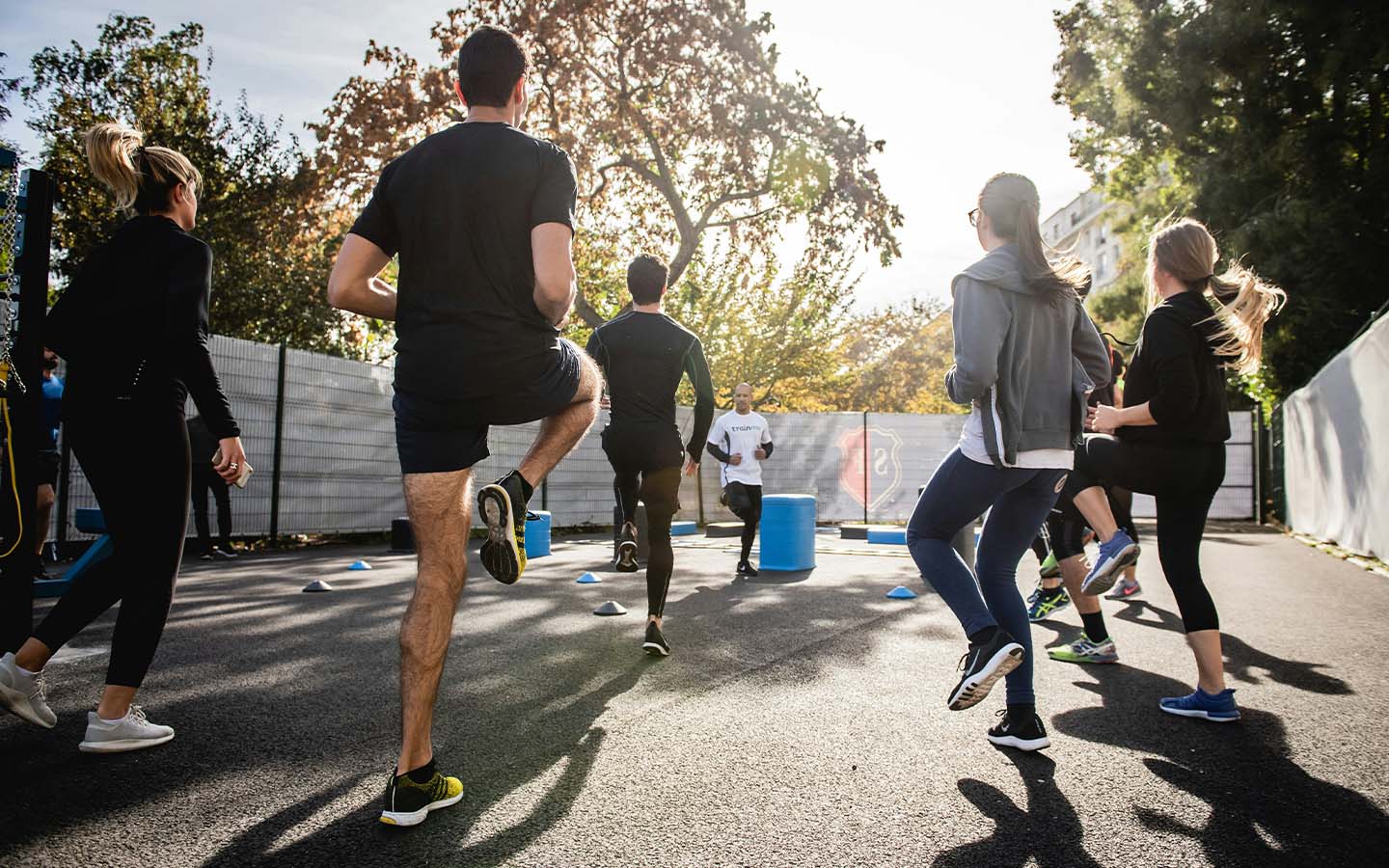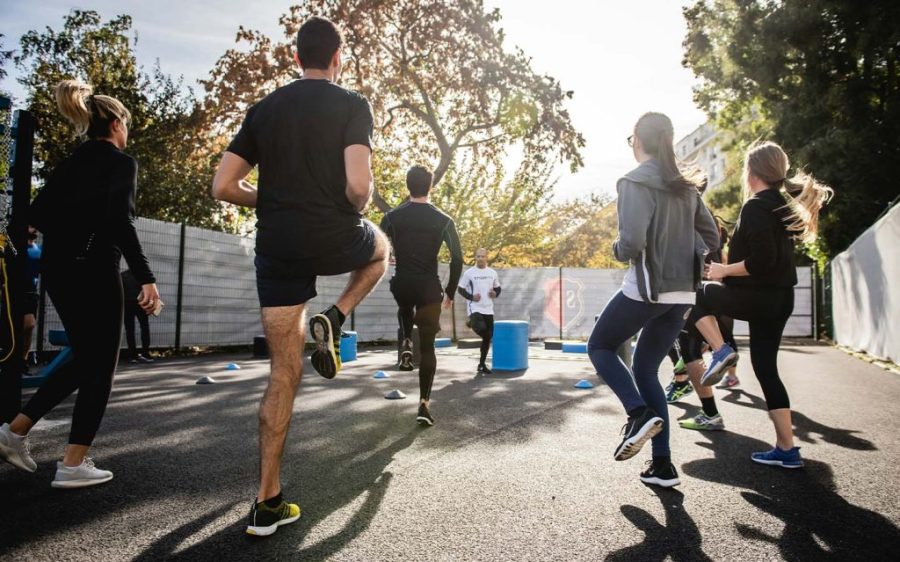A recent study has found that men require twice the amount of physical activity as women if they are to achieve the same level of health benefits.
Published in the Journal of the American College of Cardiology, the research, which involved over 400,000 U.S. participants, showed that women only needed 140 minutes of aerobics exercise per week to reduce their mortality rate by around 18 percent. In contrast, men required approximately 300 minutes of weekly aerobic activities to achieve comparable results. For women who spent 300 minutes doing such exercises, their risk of dying decreased by 24 percent.
Other types of exercises, including strength training and vigorous physical activity, saw similar results. Female participants needed just a single session of muscle-strengthening activity each week to cut their mortality rate by around 14 percent, unlike men who had to do three sessions to see similar outcomes.
[See more: The people of Macao are getting far less exercise than they should, a new surrey shows]
Men who engaged in 110 minutes per week of vigorous physical activity had “a 19 percent lower hazard in all cause mortality,” the study reported, pointing out that “by comparison, women derived the same benefit from only 57 minutes a week of vigorous physical activity.”
Moderate activities such as power walking and cycling were shown to offer the most significant advantage to men, with those who engaged in such exercises for 90 minutes per week seeing a 20 percent reduction in mortality rates. Meanwhile, women only needed to do 50 minutes of such activities for the same results.
The University of Sydney’s Emmanuel Stamtakis, who was not part of the study, told the Guardian that the differences were likely indicative of the “properties of skeletal muscles” of the different sexes, resulting in different outcomes from the corresponding level of workout.






